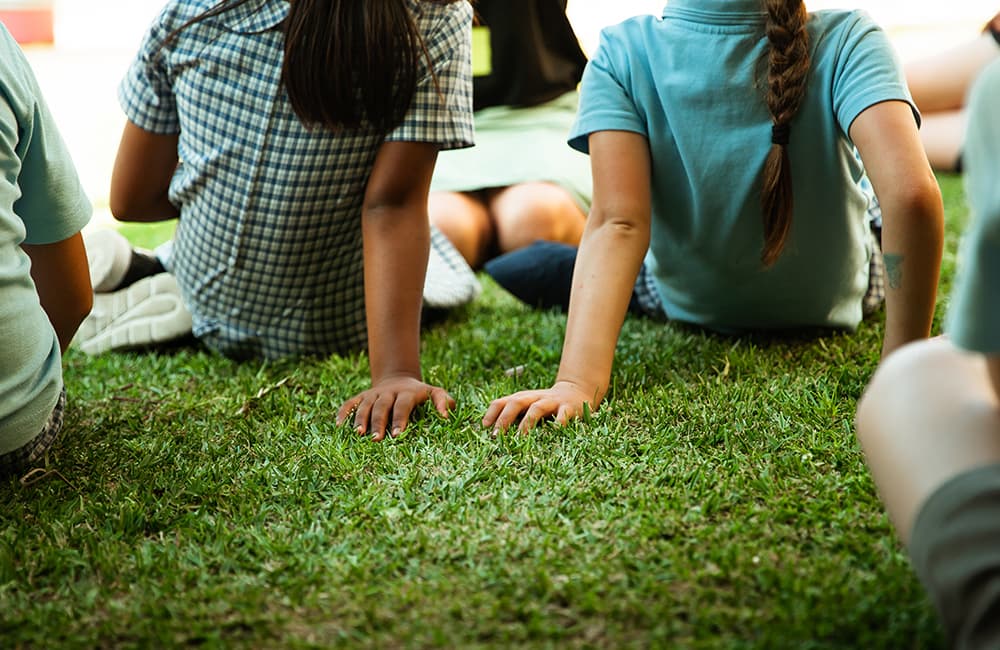Our Journey of Hope facilitator explains how kids are not coping
They say regional kids are built tough. Out here in the Shoalhaven, we weather more than our fair share of hardship, but what doesn’t kill us makes us stronger. We adapt to adversity, build resilience, and forge ahead.
But what our children have been asked to bear over the last two years has been more than their fair share. Here on the NSW South Coast, before the world fell apart, we were already suffering through drought. The prolonged shortages of water meant people lost their farms. Livestock died, people were in distress, there were food shortages.
Then the devastating Black Summer bushfires brought the community to a state of despair.
Not long after the bushfires were put out, we were hit by COVID-19. People were forced indoors, panic set in, our way of life changed. People were scared, as businesses and schools closed, and indoors domestic violence soared.
In August 2020 Shoalhaven was hit by the worst flooding in 30 years, and again, people lost their homes to damage. It was estimated that we had received 20 years of rain in four days. More than 13,000 homes were without power.
A year later, the area is still in great need of assistance. In schools, I can see the cumulative effects of all these crises. Children started to crumble as their secure spaces – the home, school, playgrounds – become unsafe spaces because of disaster or threat of disease.
They watched as their parents battle financial stress, and the anxiety caused by rebuilding their lives in the wake of warnings of greater disasters to come.
But when Journey of Hope came to schools on the South Coast in 2020, I was heartened to see children open up, and acknowledge the fear and anxiety that they had suppressed.
As a psychosocial wellbeing program, Journey of Hope runs in primary and high schools over eight weeks. It focuses on teaching kids positive coping strategies through games, arts and crafts and peer support. Run by Save the Children’s independent facilitators, it takes pressure away from teachers in the classroom. It’s been proven to have a positive effect on young people after disasters like Hurricane Katrina in the US and after the Christchurch earthquake in New Zealand. We’ve also delivered the programs in pre-schools and given parent and caregiver workshops so that the benefits of the program extend to families and communities.
The program has now reached more than 5,000 children across 77 schools in bushfire-affected communities in NSW and Victoria.

Kids learnt positive coping strategies through the Journey of Hope Program.
Photo: Adam Williamson / Save the Children.It’s not a gap, it’s a canyon
Mental health services in regional Australia are stretched beyond belief. There’s a scarcity of services caused by decades of underfunding and understaffing. Even when you can jump on a waiting list, services for children are often located in major hospitals, which could be hours away and not accessible for families, let alone unaccompanied children.
But untreated, children’s trauma can go on to have lifelong effects. I’ve seen how students have been struggling recently as they’ve opened up in Journey of Hope sessions. Some have nightmares. Some have outbursts of anger. Others withdraw and stay silent but are screaming inside. Not wanting to burden their parents or teachers, some students have told us how they’ve resorted to risky behaviours.
So many stressful experiences have been packed into the last two years that children have been hanging by a thread. As they share their stories, we never make them feel ashamed. We always give them different strategies to deal with their emotions rather than hurting themselves.
There’s still more to be done
All children have the right to grow up healthy. That’s why more needs to be done for our children in regional and rural Australia where vulnerability and disadvantage can be so much higher than in the cities.
When we ask our country kids to shoulder the burden of increasing extreme weather events, we need to give them the resilience to be able to do so.
We need early and consistent intervention so that children don’t fall through the cracks. As early as pre-school, children can engage in models of care that address traumatic events like bushfire. They can draw, play and find support with caregivers to ease anxieties and build coping mechanisms.
We can fund innovative models of care that don’t rely on an underfunded health system, or disproportionally affect teachers or caregivers. Models that focus on quality outcomes, not just access, will democratize our interventions between urban and regional children.
Prioritising schools to deliver programs has a cascading effect on the wellbeing of the whole community. When we support kids, we support families and communities and who those children will be in the future. It can be a lot harder to seek help as an adult; stigma, cost and access are all barriers to getting appropriate care.
Empowering children with positive coping strategies and knowing when and how to seek further help, will help them cope now and into the future.
If you need support, please contact your general practitioner. If you're based in Australia, 24-hour support is available through Lifeline on 13 11 14 or beyondblue on 1300 22 4636 or Kids Helpline on 1800 55 1800.
By Misty King, Journey of Hope facilitator, NSW.